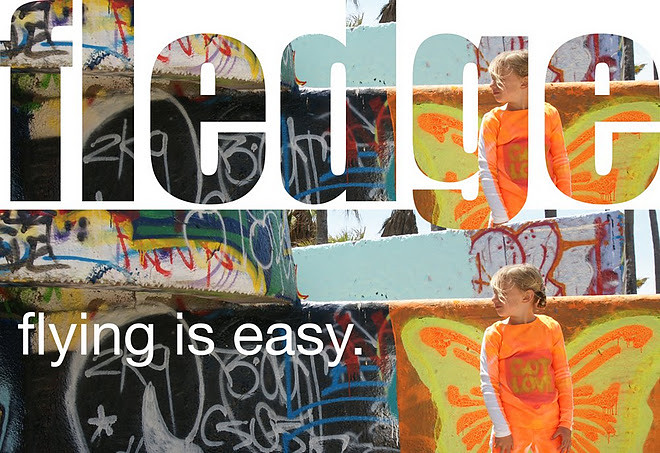
When we first introduced these sewing patterns to the U.S. market, I got some negative reactions to the white paper used and to the need to trace the pattern pieces onto another medium. To the nay-sayers, I was left to say, as I do to my kids at most meal times, "How do you know you don't like it, if you haven't tried it?" Since then, enough have tried pattern tracing and have found that they like it.
Those who have bought the book, however, have found the patterns printed on traditional tissue paper. Tissue paper is really the only way to (a) fit that number of sewing patterns for (b) that broad of a size set, without (c) overlapping the pieces, within (d) the confines of a book format.
 I'll grant you: This tissue paper is flimsy. So, in a few posts, I'll test out some techniques to strengthen the pattern sheets. Today, I'll try spray adhesive and white craft paper. I'm testing things that are regularly available without much effort. I bought these items at a national chain craft supply store.
I'll grant you: This tissue paper is flimsy. So, in a few posts, I'll test out some techniques to strengthen the pattern sheets. Today, I'll try spray adhesive and white craft paper. I'm testing things that are regularly available without much effort. I bought these items at a national chain craft supply store.Before using the patterns, it is best to press the creases out with a warm, dry iron.
I also decided to separate the different patterns from one another; Here, Brooklyn shrug from the Feliz dress.
In this experiment, I used the "Fast Grab" tacky spray first.
I weighed the craft paper down with smooth stones to keep it from rolling. I sprayed the spray adhesive as evenly as I could across the area.
The small Brooklyn piece was easy lay into place over the sprayed area. The larger Feliz pieces...not so much. Not for me anyway.
The tacky spray did its job and the pattern pieces are adhered to the craft paper underneath. I was able to repair a little rip I made while ironing.
I trimmed the craft paper away inside the edge of the pattern sheet paper, so that the stickiness is cut away.
I folded the pattern piece, but did not crease the folds. I just folded the pattern sheet so that I could fit it in a zipper lock bag for storing.
Unfolding the pattern sheet again reveals that I did not apply enough tacky spray, as there are little air pockets. These little air pockets could tear. So...lesson learned...more spray, not less.
Stats:
40 ' of 30" white craft paper: US$5.49
Aleene's Tacky Spray: US$6.99
Aleene's Fast Grab tacky Spray: US$9.99
Time to prepare one pattern sheet: 30 min.
Rating for this method: I'd give it three of five stars.
Next time: Clear contact paper.
Does anyone have any other ideas?






11 comments:
I traced all sizes onto muslin, then put them in 9x11 envelopes to be filed away.
Nancy - I owe you a huge thanks and lots of love!! I'm surfacing to say -- cheap fusible interfacing is great for reinforcing tissue patterns. Just iron it on from the back. I'm a tracer so I rarely do it but when I've had to it's worked great.
Thanks for your idea, Nancy! I'm looking forward to more! A huge thanks for the fantastic book, too!
I've also done it in a similar way with your skirt patterns that I've used over and over. I traced, attached with spray adhesive to tag and I cut it out. It's easily traced onto my fabric and cutting is a breeze! Works great and never tears!
I love the fusible interfacing idea, Sarah!
The book is fabulous and I really love it....it is inspiring and I don't really mind the tissue patterns and the cats REALLY love them, the crinkling is like a can of tuna being opened. Keep creating away!
Liebe Nancy, das Buch ist wirklich ein Traum und ich gebe Du die Schnittmuster bzw. das Papier ist wirklich eine Herausforderung.. wobei man einen Tod schon sterben muss. wie hätten sonst soooviel Schnittmuster reingepasst..ich hab einfach das schnittmuster auf dickes Papier kopiert und nicht mehr in das buch gestopft.. denn dann reißt es leicht...selbst wenn man es auf Folie kopiert bekommt man es nicht mehr in das Buch..aber man hat ja genügend Klarsichthüllen..rein damit und zu den anderen ins Regal passt...
ich finde es aber nicht schlimm...
ggvlg emma
My mom always told me the same thing as Sarah said...fuse interfacing to tissue paper patterns.
I am so happy as a small child with this book, but the pattern of paper shooting the tears in my eyes. Find the real shame is that the tissue paper. Perhaps it is an option for the patterns on a CD to add yourself so you can print the pattern as in the e-books?
Many thanks for this great book full of inspiration and helpful tips.
Kind regards from a fan from the Netherlands
ps. there was just something wrong with the place so I post my comment again
nein ich habe keine andere idee wollte aber trotzdem sagen das ich im ersten moment auch etwas erstaunt war ueber die schnittmuster
allerdings sind die teile alle einzeln und fuer anfaenger viel geeigneter die mit uebereinander gedruckte schnittmuster nicht vertraut sind
vielen dank fuer die vorschlaege das ganze etwas fester zu machen
ich habe 2 buecher daher ersatz falls was schief geht...grins
I often iron the tissue patterns onto the waxed side of freezer paper. You can get a roll of it for about $7. That's what I use for tracing off patterns too.
I trace mine onto sew in interfacing - works a treat ...nancy your book is amazing and I love it you have refreshed my approach to sewing. Thank you so very much xx
Post a Comment